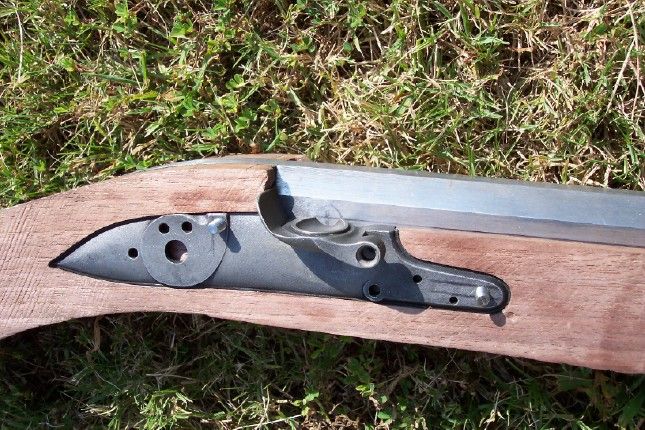Black Jaque Janaviac
40 Cal.
- Joined
- Sep 2, 2009
- Messages
- 535
- Reaction score
- 73
What would you recommend for a beginner?
A stock with a pre-inlet lock? Or a stock with just the barrel & ramrod channels only?
The reason I ask, is after watching Belevue's videos on building a TOW Buck's County flinter - he indicates that it is easier to inlet the lock from scratch because he can position the lock according to the touch-hole location rather than trying to "adjust" the barrel channel to locate the touch-hole on the lock.
I've done Lyman GPR kits before. And when I look at the TOW kits the inlet lock mortises appear to make work easier. However, I've also done enough home remodeling to know that often starting from scratch is much easier than trying to fit things to existing patterns.
A stock with a pre-inlet lock? Or a stock with just the barrel & ramrod channels only?
The reason I ask, is after watching Belevue's videos on building a TOW Buck's County flinter - he indicates that it is easier to inlet the lock from scratch because he can position the lock according to the touch-hole location rather than trying to "adjust" the barrel channel to locate the touch-hole on the lock.
I've done Lyman GPR kits before. And when I look at the TOW kits the inlet lock mortises appear to make work easier. However, I've also done enough home remodeling to know that often starting from scratch is much easier than trying to fit things to existing patterns.







